Clifton Hill - psychiatrists & scientists
in the twentieth century
Patrick Maynard Stuart Blackett 1897–1974,
Baron Blackett of Chelsea, O.M., C.H., and F.R.S. lived at No 38 in the 1960s. He was an English experimental physicist known for work on cloud chambers, cosmic rays and paleomagnetism, and won the Nobel Prize for Physics in 1948. He served in the Royal Navy at the Battle of Jutland in the First World War, then studied at Cambridge and worked at the Cavendish Laboratory, beavering away on the radar systems that gave Britain the edge during the Battle of Britain. He also made a major contribution in World War II advising on military strategy and developing Operational Research.
He was Head of the Imperial College of Science and Technology in London and his left wing views influenced policy during the Labour government of the 1960s. The Blackett crater on the moon is named after him. He married Constanza Bayon in 1924 and had one son and one daughter. He was the best loved physicist of his generation and ‘was wonderfully intelligent, charming, fun to be with, dignified and handsome‘. [Edward Bullard]
Dr Cecil Todes 1931 – 2008
also lived in No 38 from 1972. He was a leading child psychiatrist who clashed with Anna Freud over the best way to treat severely disturbed children. He was born in South Africa, the son of Lithuanian immigrants, qualified as a doctor in London and went to New York [where he married his second wife Lily Loebl, though they originally met in London] and became interested in psychoanalysis. Back in London he joined the Tavistock Institute where he was exceptionally gifted with young people.
He was well known for his own battle against Parkinson’s disease, which he recounted in Shadow on my Brain, a poignant memoir that exposed the inner and outer world of a psychoanalyst. He spent 40 years trying to find a cure – medicine, alternative medicine spiritualism and therapy – and had a controversial transplant in his brain, using cells from a newly aborted foetus. He had a daughter and two sons, one of whom Rafael, is a member of the Allegri String Quarter.
Melanie Klein 1882 – 1960
moved to no 42 Clifton Hill in 1935 and lived there until 1953. Born to Jewish parents in Vienna, by 1919 she had begun work on analysis of children, the first person to work in this area, publishing The Development of a Child in 1921. She came to London in 1925 and published The Psychoanalysis of Children in 1932 and became a leading light of the British Psycho-Analytical Society, where her play techniques attracted attention. A professional rival of Anna Freud , their split had a permanent impact on British psychoanalyis – but interestingly she gave Ernest Freud his first commission in England when she asked him to rework the interior of no 42 in Bauhaus style. A blue plaque was unveiled in 1985
Anthony Huxley 1920 – 1992,
the horticulturist, botanist, writer and photographer lived at no 33 with his first wife Ann, nee Taylor, and their three daughters at the end of the Second World War. He had spent much of his childhood at the London Zoo, where his father, Sir Julian Huxley, was Secretary. After going to Cambridge and ten years as a “boffin” with the RAF, he began his 22 year association with the mass-selling weekly, Amateur Gardening, in 1949, resigning as editor in 1971 so that he could concentrate on his own writing. He brought a botanist’s mind to the garden and books like his Plant and Planet were scientific in approach and yet accessible to the layman, and he focused attention on global problems and conservation, for example discouraging the plunder of wild bulbs. He was general editor of Royal Horticultural Society’s Dictionary of Gardening, an immensely readable exposition of the botanical kingdom and its essential bearing on all human activity.
Betty Joseph 1917 – 2013,
a leading psychoanalyst, lived in Clifton Hill for five decades and her teaching sessions there were attended by psychoanalysts from all over the world. Born in Edgbaston, she took a social science course and entered psychiatric social work, the practical training being spent in the East London child guidance clinic, and later set up a child guidance clinic in Salford.
During the War she drove a lorry and helped with Civil Defence and child evacuees. She trained with the noted Hungarian psychoanalyst Michael Balint and followed him to London to complete her training. In 1962 she established a London seminar – later the Betty Jospeh workshop – to encourage creative group discussion between analysts. She concentrated on analysing the process of psychoanalysis itself, arguing it was not what some patients said, but the manner in which they said it, that was the key. Psychic Equilibrium and Psychic Change, a collection of her essays, was published in 1989.

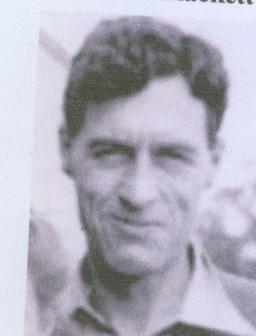
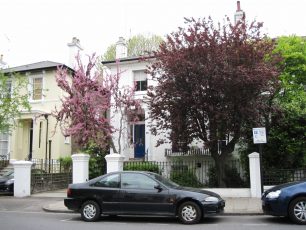
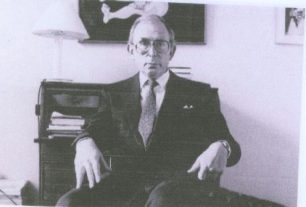
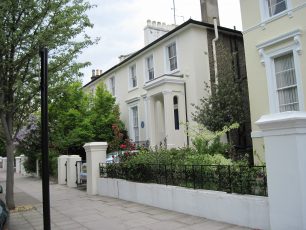
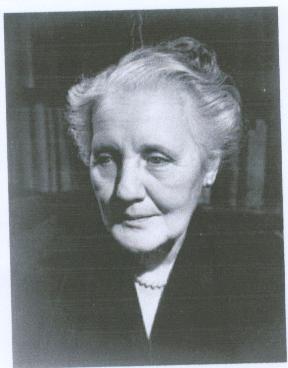

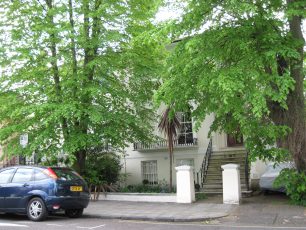
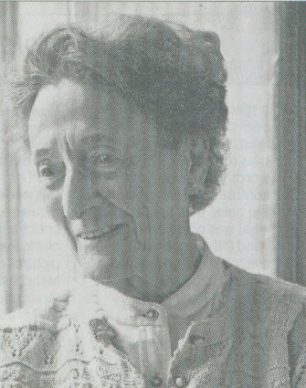



No Comments
Add a comment about this page